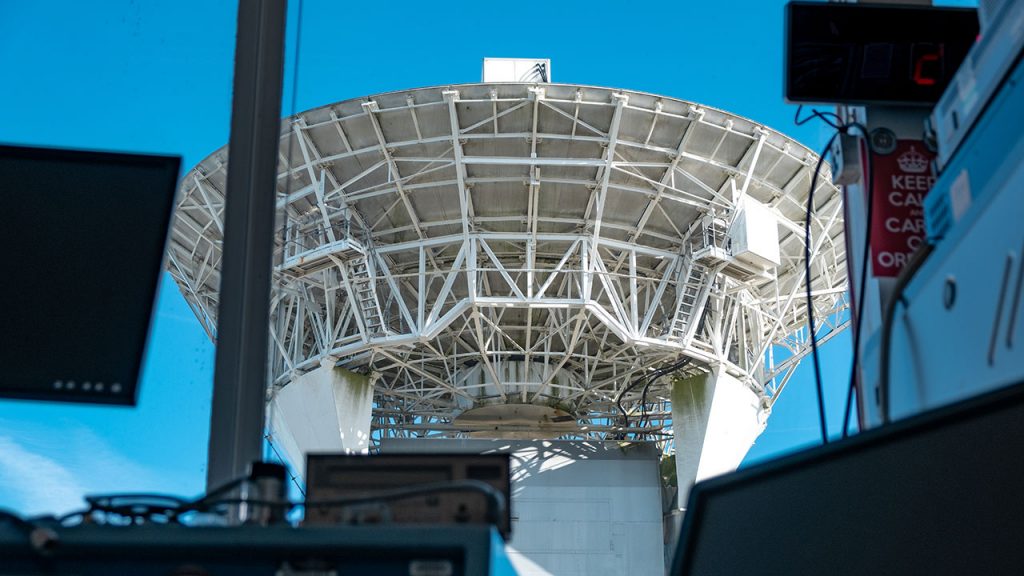December 17, 2025
Unlocking answers to climate change, air pollution, and high-risk weather in 2025
We’re looking back at our science stories from this year, and highlighting the contributions our community of staff have made towards atmospheric science.


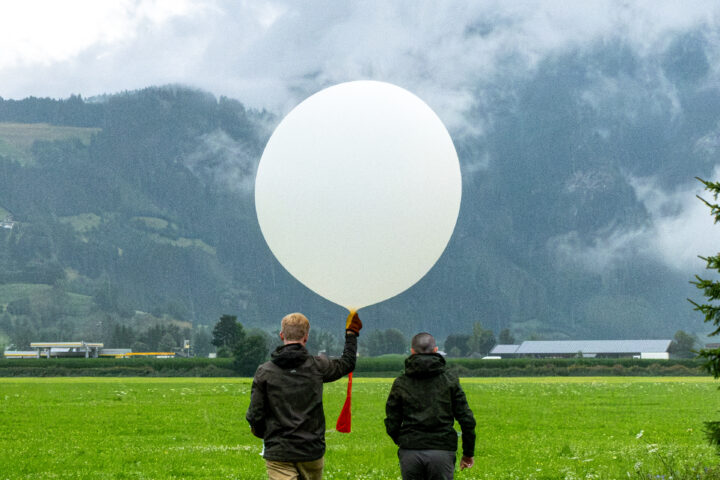
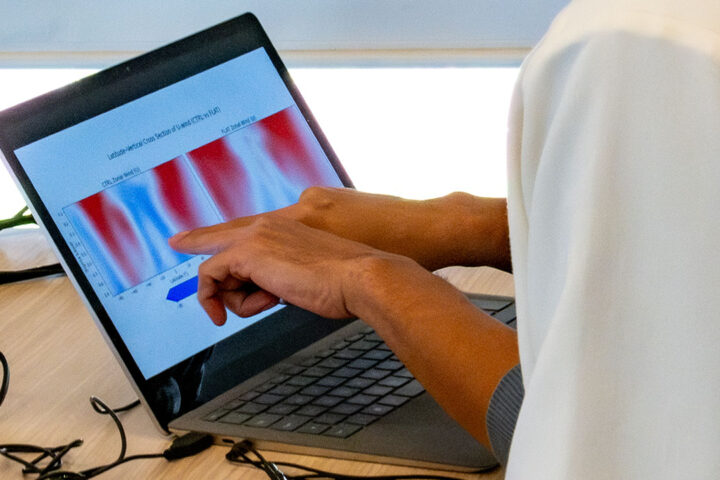

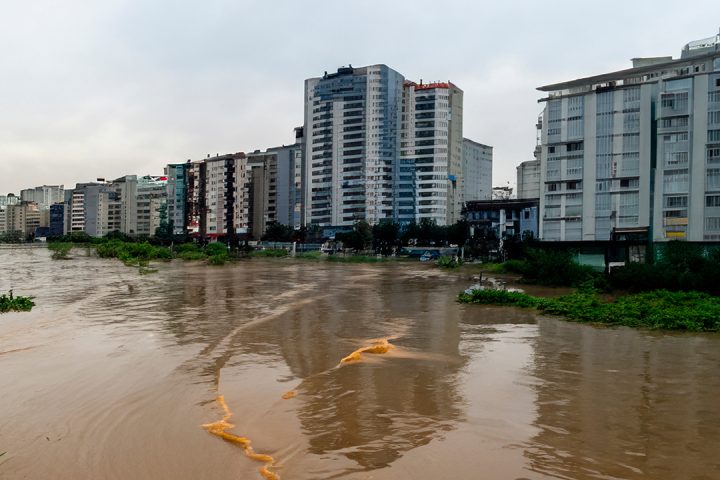



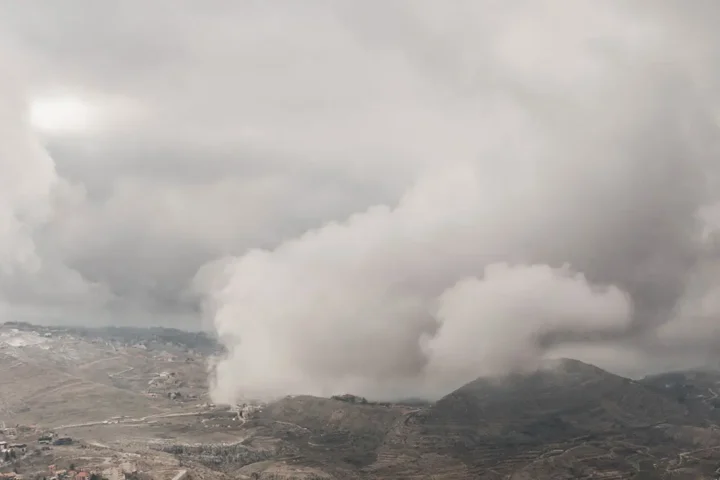
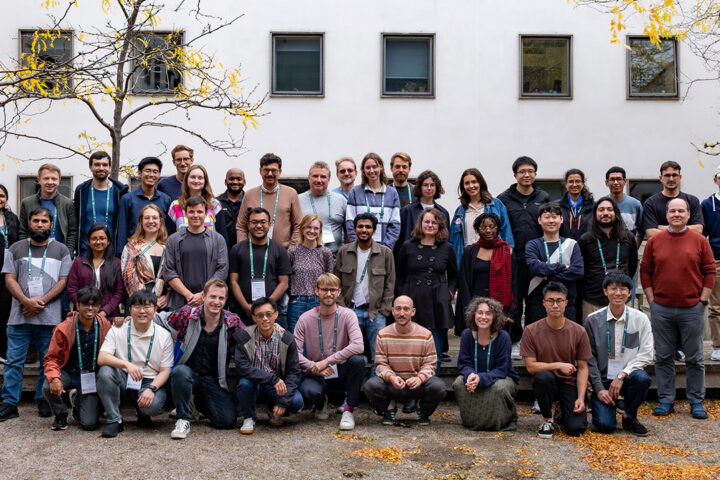
![$value['page-selector-listing__image']['alt']](https://ncas.ac.uk/app/uploads/2025/02/greenland-ocean-and-landscape-720x480.jpg)
![$value['page-selector-listing__image']['alt']](https://ncas.ac.uk/app/uploads/2025/06/TeamX-radar-installed-1-720x480.jpg)
![$value['page-selector-listing__image']['alt']](https://ncas.ac.uk/app/uploads/2025/06/pexels-jill-burrow-6681863-scaled-e1750332493460.jpg)

